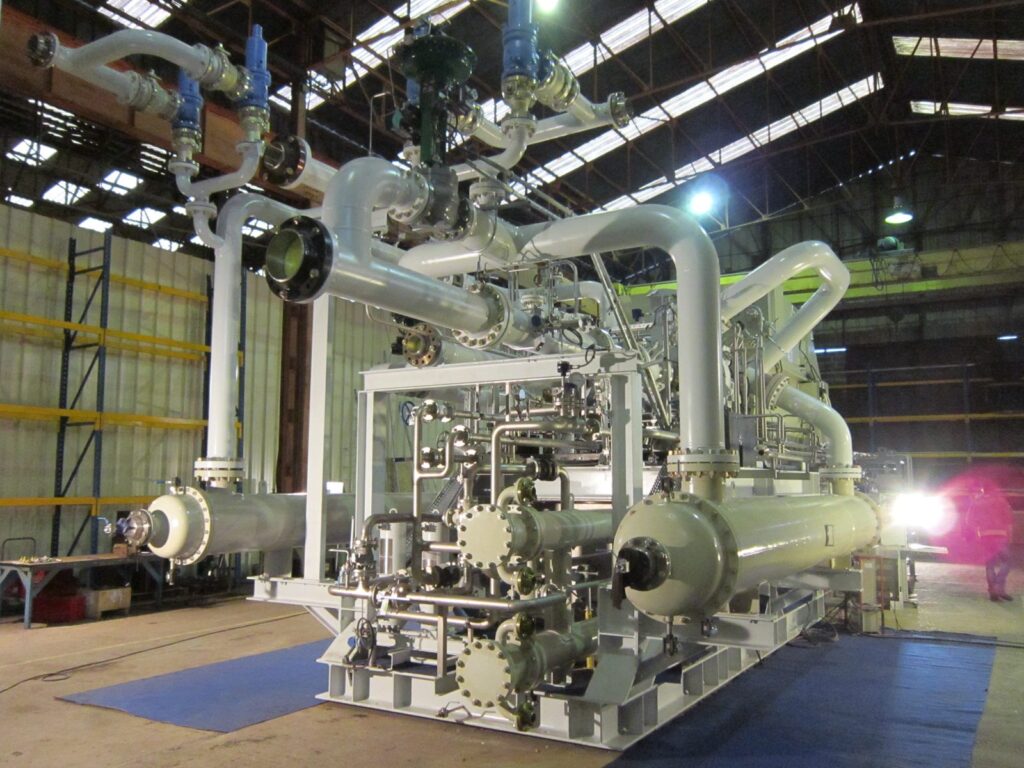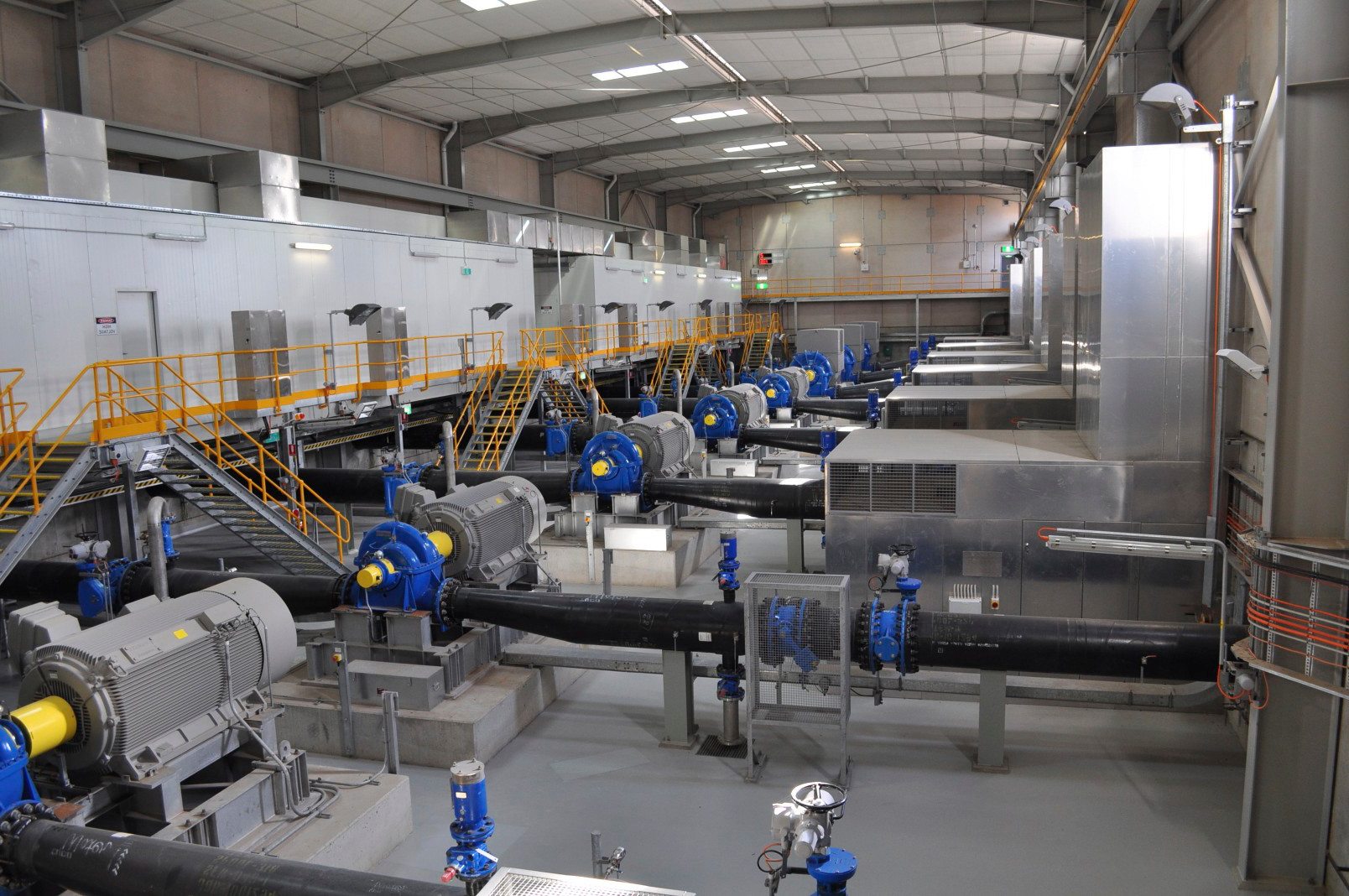
Pumps and compressors vibrate. It’s a natural phenomena for anything that rotates or reciprocates, and it’s unavoidable. Normally, it’s not a problem.
Until the vibrations hit resonance.
When you have a pump or system operating at resonance, it can cause a fatigue failures. Recently, we found an example of this at a nuclear utility. They were having repeated fatigue failures on an instrument air line.
Problem – Fatigue Failure
A Reactor Makeup system at a nuclear plant is controlled by a series of Air Operated Valves (AOVs) connected downstream of a pump. The tubing connecting the solenoid valve to the AOV had failed multiple times. This would cause the AOVs to abruptly change position, causing control problems. Nuclear operators needed more reliable control of their AOVs.
Modifying Tubing Natural Frequency to Prevent Fatigue FailuresSolution:
Initial Scoping
First, we inspected the failed tubing. It was clear that the failure happened at the compression fitting. A simple surface exam showed that the failure was due to high-cycle fatigue. This fatigue stemmed from vibration at the natural frequency of the tubing. Natural frequency is the frequency which a system oscillates when not subject to a repeated external force. The amplitude of a system vibrating at natural frequency will grow with minimal outside input. As amplitudes increase, so will the stresses in the system. Fatigue failure occurs as a result of high-cycles and high stress.
We came up with two solutions:
- Remove Source Of Vibration: The air system could be isolated from the reciprocating pump. This would require a redesign of the piping system and a large maintenance window to implement. This solution was rejected by the owner due to the timeliness of the need.
- Shift Natural Frequency of Tubing: Shifting the natural frequency of the system away from the pump will cut attenuation.
Refining the Best Solution
The best solution was to shift the natural frequency of the solenoid-tubing system. Natural frequency is a function of stiffness and mass. Impacts from reducing mass were judged to be trivial. A large shift in natural frequency was only possible by a large increase in system stiffness. Our design increased the stiffness by replacing the copper air tubing with a short threaded stainless-steel pipe nipple. This small change had several advantages:
- Wall Thickness: Pipe is much thicker than tubing. Increasing wall thickness increases the moment of inertia and stiffness.
- Length: Reducing the length of cantilever tubing by half results in an 8-fold increase in stiffness.
- Material: System stiffness varies with modulus of elasticity. The modulus of stainless steel is greater than copper. Swapping material results in a proportional increase in stiffness.
Additional Benefits:
Replacement of copper tubing with stainless steel pipe was completed with the system in service. Our fix was installed within a week of the last failure. A system work window was not required. Our fix had two more benefits:
- Increased Bending Capacity: The pipe has a greater bending capacity. For a given displacement, stresses are less.
- Fatigue Resilience: The threaded fittings have a greater resistance to fatigue than the compression fittings.

